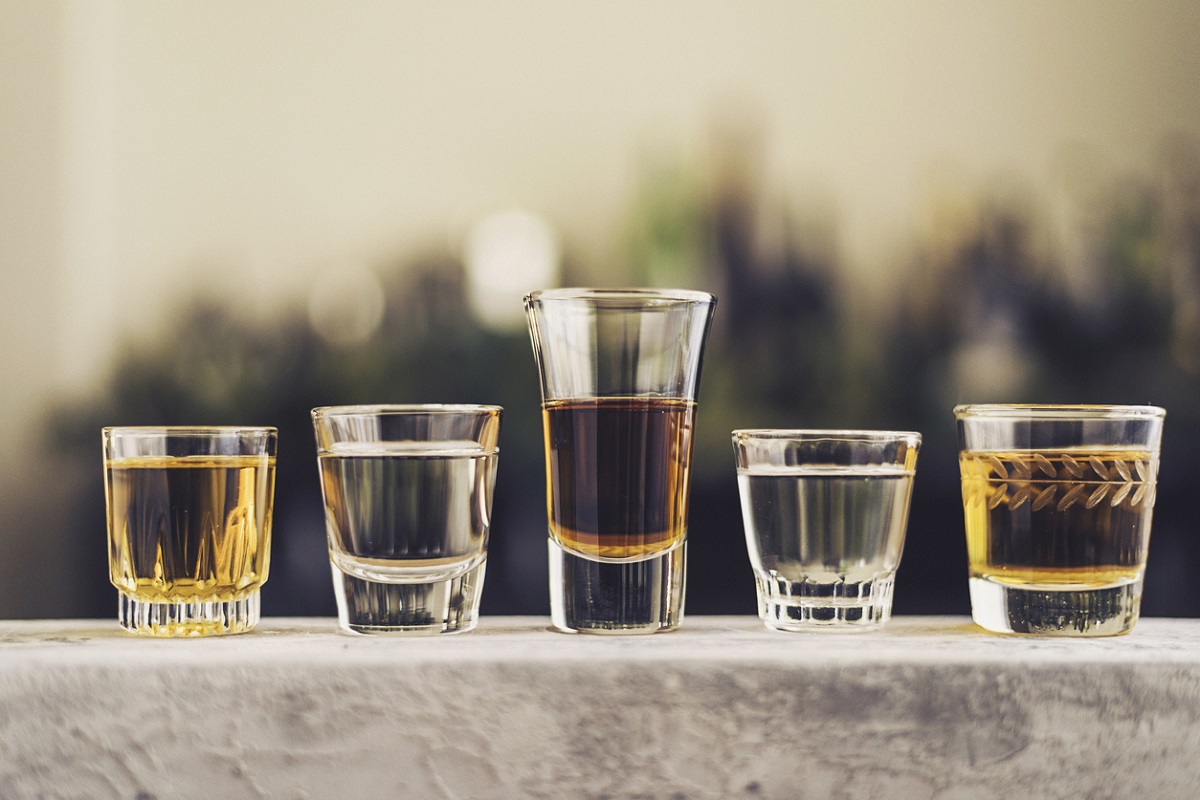By Shane Cleary, Liquor Business Partner, NielsenIQ Pacific
Australia’s spirits industry continues to face mounting cost pressures. Excise duties rise twice a year in line with inflation, while ingredients, freight, and energy costs also continue to climb. Understanding how pricing decisions affect consumer demand has never been more important for suppliers and retailers.
The recent freeze on draught beer excise for the next two years adds another layer of complexity. While it remains to be seen if this will influence off-premise pricing, a recent CGA by NIQ study found that when consumers enjoy a drink on-premise, they are 42.7 per cent more likely to repurchase it for home consumption. This connection between on-premise trial and off-premise purchase could shape future category dynamics and pricing strategies for spirits producers.
The pricing challenge
Every product operates in a dynamic pricing environment, where changes in shelf and promotional pricing directly impact sales volumes and consumer behaviour. The extent of this impact depends on category trends, competitive positioning, and economic conditions. Discounting can drive short-term volume, but excessive price cuts risk eroding brand value, while steep price increases may push consumers toward cheaper alternatives or even rival categories.
Not all high-selling products translate into strong business outcomes. The top 10 per cent of bottled spirits by sales value experience 20 per cent promotional wastage – meaning for every $1 generated through promotions, $0.20 is ineffective, double the dataset average of 10 per cent. A similar pattern is evident in RTDs, where the top 10 per cent of products by sales value see 27 per cent promotional wastage compared to the category average of 20 per cent.
Some categories are more sensitive to price shifts than others. Rum and whisky face greater pressure from internal and external substitutes, making them subject to greater volume volatility through price changes, whereas brandy sees less price sensitivity, meaning price increases are less likely to deter consumers. Packaging size also plays a role – 1L bottles tend to be more price-sensitive than 700ml bottles, suggesting that larger pack sizes may be perceived as better value, but consumers may downsize if prices rise too sharply.
A similar trend is seen in the RTD category, where the top 10 per cent of products by sales value suffer from 27 per cent promo wastage, compared to the braider category of 20 per cent. While shelf price sensitivity remains relatively consistent across different pack sizes, with four, six, and 10-packs showing similar elasticity. However, the 10-pack is slightly more sensitive, indicating that consumers may hesitate to commit to a larger upfront cost when prices increase.
Incrementality can also be a double-edged sword. While high-incrementality products drive category growth, they can also lead to cannibalization – shifting sales within the category rather than expanding it. For suppliers, high incrementality on low-margin products or those with supply chain constraints can create profitability challenges, reinforcing the need for a strategic, data-backed pricing approach.
Getting pricing right: The importance of accuracy
When setting shelf and promotional prices, precision is critical. Using incomplete or incorrect data can lead to pricing decisions that either erode profit margins or fail to capture demand effectively. It’s not just about understanding how a single SKU reacts to price changes – it’s about seeing the bigger picture, including how different products within a brand portfolio or category interact. A robust, data-driven approach helps ensure pricing strategies drive real growth rather than simply shifting volume within the market.
Strategic pricing in a high-cost market
As excise duties continue to rise, brands must fine-tune their pricing strategies to maintain profitability while keeping consumers engaged. Tracking how shoppers respond to price adjustments can help identify optimal price points that balance margins with demand. Premium and craft brands may find small, incremental price increases more acceptable to consumers, while value-driven brands must be especially mindful of affordability perceptions.
Adjusting price tiers across different formats and sizes can also help mitigate sticker shock. Meanwhile, value-added promotions – such as limited-edition packaging, bundle deals, or exclusive retailer collaborations – can enhance perceived value without resorting to heavy discounting.
The path forward
Beyond pricing itself, managing internal alignment is just as crucial. Ensuring that finance, procurement, sales, and marketing teams all have a shared view of pricing and promotional strategies enables businesses to stay agile and respond quickly to shifting market conditions. With a well-coordinated approach, spirits producers can navigate the challenges ahead with confidence.
This article originally appeared in the April-May issue of National Liquor News.

